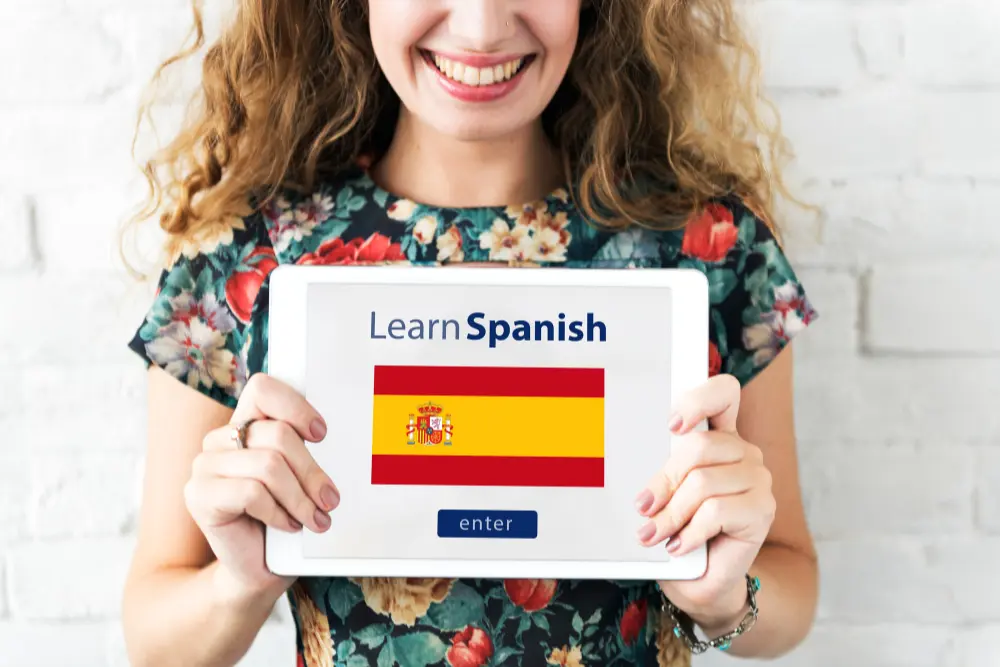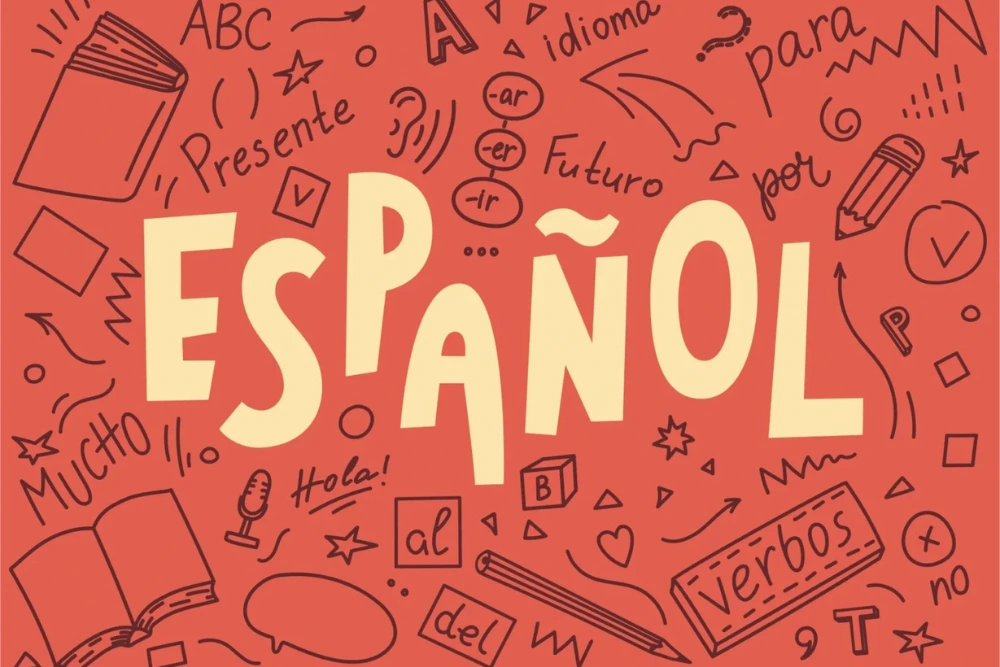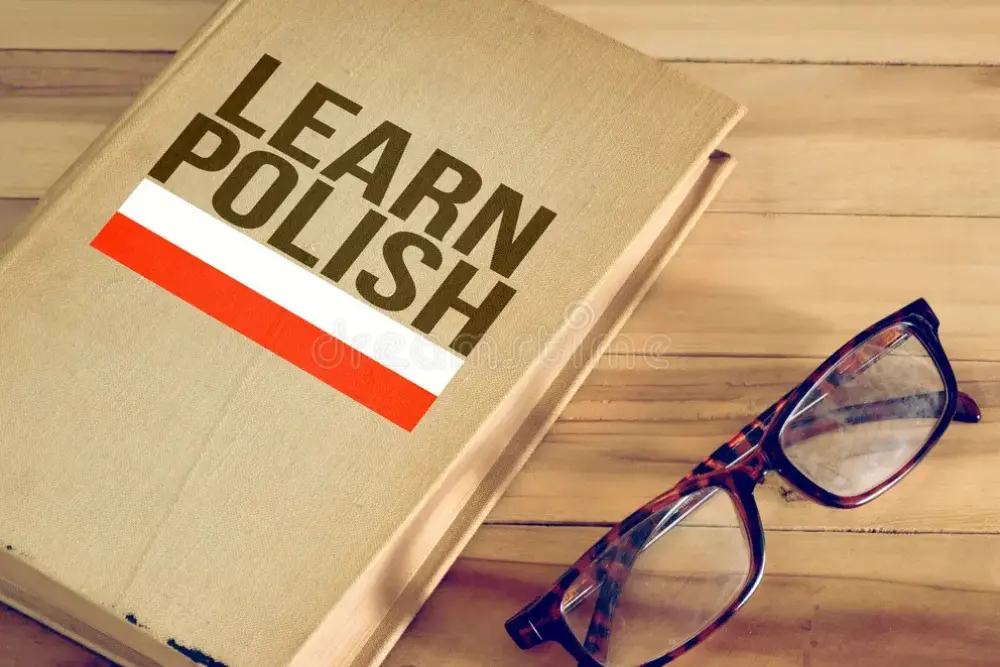Starting a Spanish conversation with “Hola” is an excellent way to begin, but it will only get you so far. Fortunately, a wide variety of Spanish greetings helps you build more meaningful contacts. Spanish is a beautiful, difficult language with several nuances. You wouldn’t greet your doctor in the same way as you would a buddy.
Consequently, we created this useful guide to help you expand your vocabulary while learning Spanish. The next time you need to apply your Spanish skills, you’ll be more secure in starting your encounters correctly.
Formal or informal?
There is no better way to begin a conversation than with a respectful and cordial hello. Like other languages, Spanish has two formal and informal registers that we employ to speak with others depending on the situation.
Before deciding on the basic words and phrases or greetings to use in Spanish, you must first understand the context of the scenario. In general, you must use formal greetings in Spanish to greet individuals like:
- You are not very familiar with the person.
- They are providing you a service (e.g., doctors, professors, bankers).
- They are significantly older than you.
Additionally, formal greetings should be used in other professional or formal settings such as job interviews, business meetings, and conferences.
Use informal greetings when addressing people who:
- You already know
- Are you the same age
Informal greetings should also be used in other informal contexts, such as school meetings, social gatherings, and dates.
Pro tip: Even in a professional setting, the person you’re interacting with may prefer that you adopt an informal register. If this is the case, they will ask you to address them using the form “tú”, rather than “usted”, which both mean “you”. But don’t take anything for granted! Always be careful to ask first.
Formal greetings in Spanish
- Buenos días, buenas tardes, and buenas noches mean good morning, good afternoon, and good evening (or good night), respectively.
These Spanish phrases are your safest choice in a formal situation. If you’re unsure which greeting to use, simply rely on the appropriate phrase for the time of day. You can also add a friendly “Hola” before your greeting.
Examples:
- Hola, buenas tardes.
- Buenas tardes.
These greetings are especially helpful when introducing yourself in Spanish.
For instance:
- Buenas tardes, mi nombre es John Martin.
- Mucho gusto, John.
If someone greets you with “buenos días,” it’s common to follow up with “¿Cómo estás?” (How are you?). This question is a popular way to show interest and invite conversation. In formal contexts, you can use “usted” for added politeness: “¿Cómo está usted?” (How are you, sir/ma’am?). A polite response doesn’t have to be overly familiar. A simple “Bien, gracias” (Fine, thank you) is acceptable. You can also return the question with “¿y usted?” (And you?).
Example exchange:
- ¿Cómo está?
- Bien, gracias, ¿y usted?
- Bien, gracias.
To add variety to your replies, try using intensifiers such as “Muy bien” (Very well) or “Todo bien” (All good).
Informal greetings in Spanish
If you’re learning Spanish, you’re more likely to encounter social settings requiring casual greetings. This is wonderful because you can begin practicing a variety of informal Spanish greetings to demonstrate your knowledge.
- Buenas
“Buenas” is simply a shortened, casual form of “Buenas tardes.” Avoid saying “Buenos” by itself because that’s not how native speakers use it.
- ¿Qué tal?: What’s up?
This versatile greeting can be used almost anytime. It’s as straightforward and handy as its English equivalent, “What’s up?” You can start a conversation with it, and although it’s phrased like a question, it doesn’t necessarily require a detailed answer. You can even use it as a response!
- ¿Cómo estás?: How are you?
This phrase is similar to the formal “¿Cómo está?” but with a key difference: the “s” at the end signals the informal “tú” form, used when you’re familiar with someone or in a casual setting. When asked this, people typically share how they’re doing.
- ¿Cómo vas?: How’s it going?
This is a casual way to check in, similar to “How are you doing?” but with a more relaxed vibe. You can respond to it just like you would to “¿Cómo estás?”.
When someone greets you informally, a common reply is “¡Aquí estamos!” which means “Hanging in there.” It suggests nothing too exciting is happening, but you’re staying positive. It’s a bit abstract, but every Spanish speaker will understand it.
Another casual response is “¿Qué hay?” (What’s up?), which is like the laid-back cousin of “¿Qué tal?” Both serve the same friendly purpose.
Remember that Spanish-speaking countries have variations and slang for these greetings and responses, so that you might encounter some unique local twists!
- Goodbye in Spanish
There isn’t a huge difference between formal and informal goodbyes in Spanish, so you can confidently use phrases like “Nos vemos” or “Hasta luego.” However, having a variety of expressions at your disposal is always a plus!
Here are a couple of alternatives:
- Adiós: Goodbye
The classic and straightforward way to say goodbye is “adiós.” It’s simple and works well in informal settings. However, some native speakers feel that “adiós” sounds final or dramatic, as if you might never see the person again because of this, many prefer to say “Hasta luego” (See you later) instead, which feels lighter and more casual.
- ¡Cuídate!” means “Take care of yourself,” and “Que (te) vaya bien” translates to “Have a good day,” “Go well,” or “Good luck.
These phrases are very popular throughout Latin America and make for warm, friendly ways to end a conversation.
- ¡Cuídate! means “Take care of yourself.”
- Que (te) vaya bien translates roughly to “Have a good day,” “Go well,” or “Good luck.”
Both are great options to leave a positive impression as you say goodbye.
- Hasta luego” means “See you later,” and “Hasta pronto” means “See you soon.
We’ve all heard or used Arnold Schwarzenegger’s famous catchphrase, “Hasta la vista, baby.” However, many Spanish students do not understand why “Hasta” is used to say goodbye.
Put simply, “hasta” is translated as “until.” In this scenario, you’ll see that person later or soon.
You can use Hasta + a time unit if you know when to see that person again. For example:
- Hasta mañana – Until tomorrow
- Hasta la siguiente semana – Until next week
- Hasta el lunes – Until Monday
- Nos vemos: See you
When wrapping up a conversation, a popular phrase you can use is:
- Adiós, nos vemos.
- Nos vemos.
Responding with the exact phrase is fine if someone says this to you.
- ¡Chau!: Ciao! / Bye!
This Italian-inspired farewell might sound familiar, and it’s widely used in Spanish too. “Chau” is a friendlier, more casual alternative to “adiós.”
While the goal is to practice Spanish, don’t worry—you won’t get in trouble for using “bye” or “ciao” either, as both are common in everyday conversation.
- Hasta luego / Adiós
It’s very common and polite to excuse yourself before leaving a place. Saying “Hasta luego” (See you later) or “Adiós” (Goodbye) before you go is perfectly acceptable and won’t be seen as rude. For example:
Hasta luego.
Nos vemos. Con permiso.
- Con permiso / Permiso: Excuse me
This phrase is used exclusively in formal situations, typically with acquaintances or people you don’t know well. Use it when you are leaving a place or saying goodbye to those you were speaking with.

Useful holiday greetings in Spanish
Our guide would be incomplete without a collection of Christmas greetings. Each Spanish-speaking country has unique celebrations; nevertheless, we will focus on the most prevalent ones observed in most countries.
When someone greets you with a holiday greeting, you can answer similarly because these phrases convey good intentions. The key is that you will hear the word “feliz” (happy/merry) before the name of the celebration. Here are some examples.
- ¡Feliz cumpleaños! – Happy birthday!
- ¡Feliz Navidad! – Merry Christmas!
- ¡Feliz Nochebuena! – Merry Christmas Eve!
- ¡Feliz Año Nuevo! – Happy New Year!
- ¡Feliz Día de la Madre! – Happy Mother’s Day!
- ¡Feliz Día del Padre! – Happy Father’s Day!
- ¡Feliz Día de San Valentín! / ¡Feliz San Valentín! – Happy Valentine’s Day!
Note: Because we are discussing holidays and they are proper names, all words should be capitalized, with the exception of prepositions, normal nouns, and definite articles when placed in the center, as in English. In addition, two exclamation marks are used in Spanish, one at the beginning and one at the end.
To produce the plural of “feliz,” replace the “z” with a “c” and add the ending “es,” as seen in several Spanish plurals. For example: ¡Felices fiestas! / ¡Felices vacaciones! – Happy holidays!
Using Spanish greetings in context
The expression goes, “Practice makes perfect,” but it’s equally true to say that practice builds confidence! To enhance your Spanish confidence, why not practice with someone trustworthy? Taking Spanish lessons with a certified native tutor will help you improve your Spanish quickly!
Now that you’ve got a list of possible Spanish welcomes and goodbyes, we’ll show you how to utilize them in a few circumstances.
Running into someone at a restaurant
You walk into a restaurant to eat supper with a friend and notice a familiar face: it’s a coworker you like!
You approach them. You don’t want to appear detached with a mere ‘hola’. To make it more sophisticated, add a question: “Hola, ¿cómo estás?”. You can also use a simple “¿Qué tal?”
However, if it were your employer, you might wish to give a formal greeting like “Buenas noches” or “Buenas tardes.”
Meeting your partner’s extended family
You’re finally ready to take your relationship to the next level so you will visit your partner’s grandmother. You’ll likely meet aunts, uncles, and a few cousins. When welcoming grandma, it’s best to use polite pleasantries and speak with usted:
You: Buenas tardes, ¿cómo está (usted)?
Grandma: Muy bien, gracias ¿y tú?
Grandma can use tú with you because she is older. The same is true for aunts and uncles, but it depends on the cousins’ ages and the closeness of their relationship. If cousins are your age or older, you can safely welcome them with “¿¡Qué tal!?” and comparable phrases.
Walking by someone on the street
If you come across someone you don’t know very well or they’re just too far to approach and greet them, it’s always a great idea to just wave and say “Adiós.”
Leaving a business meeting
Let’s say a meeting is getting longer than expected, but you must return to your desk to take a call. If it’s clear you’re no longer needed, then you can just say “Buenas tardes, con permiso.”
Practicing Spanish greetings and farewells
As you’ve seen in this short guide, the language you choose for Spanish welcomes and goodbyes will be determined by the situation and the person you’re speaking with. If you’re unsure what to use, listen to what the other person says. If they greet you first, you can respond appropriately, as this advice suggests.
Practice your Spanish greetings as much as possible. Consider the instances or scenarios in which you could employ them, and feel free to implement them as quickly as possible. With time, everything will flow smoothly.
Mastering these formal greetings in Spanish will help you make a positive first impression in any professional or respectful context. Practice them, and you’ll navigate Spanish-speaking environments with confidence and courtesy. For more language tips and resources, visit Language Learnings.






